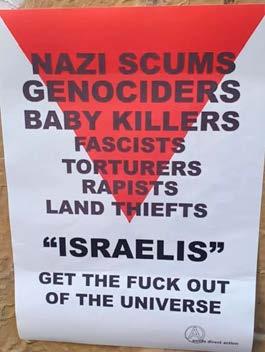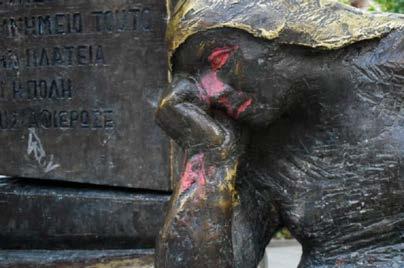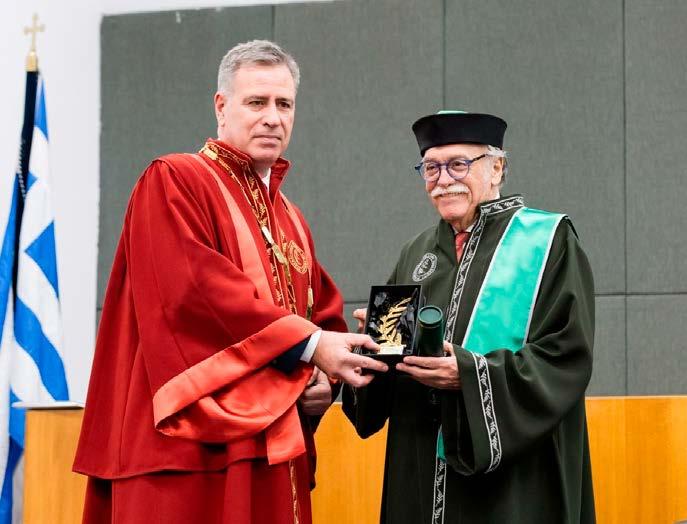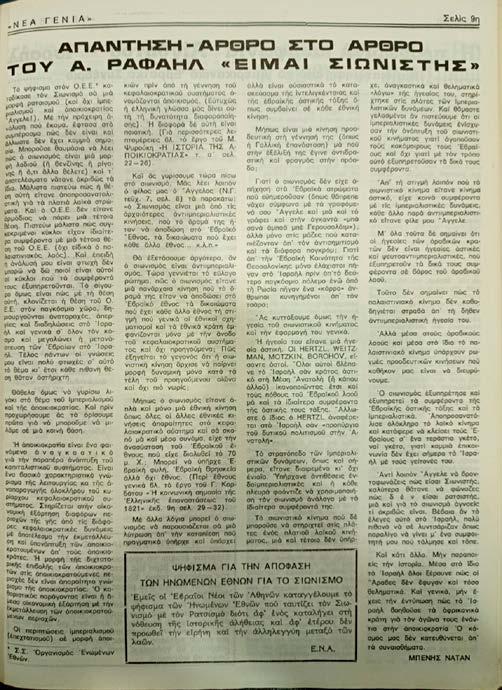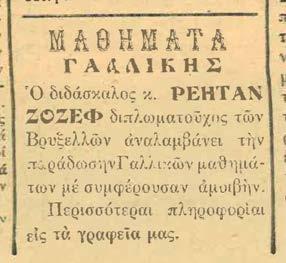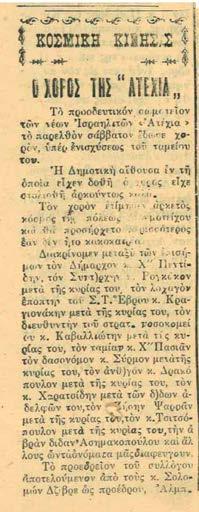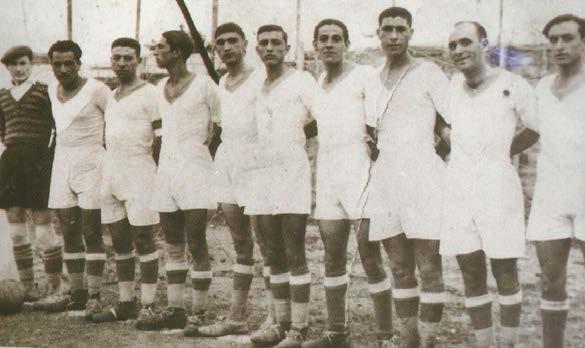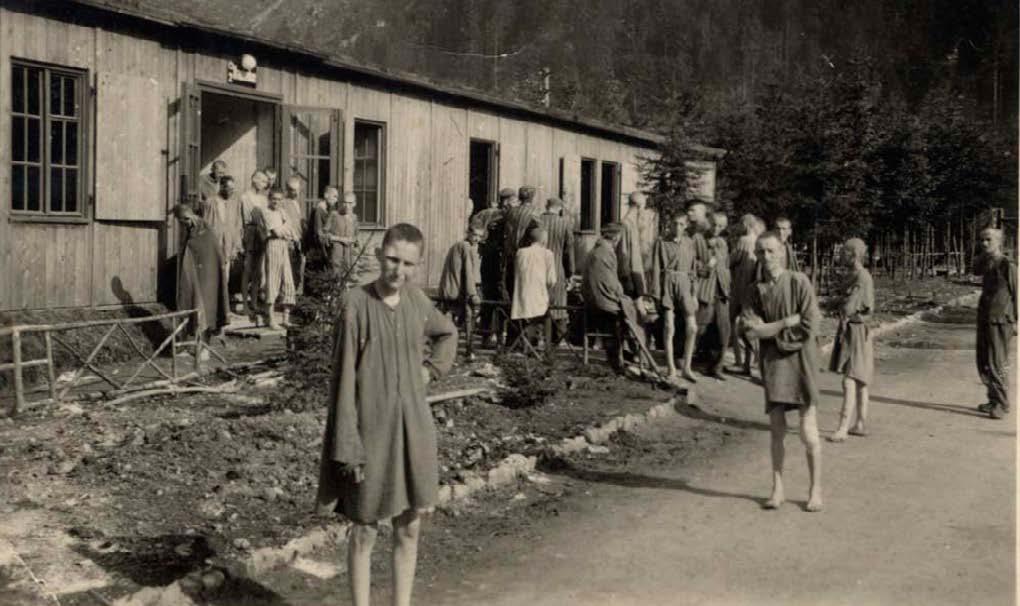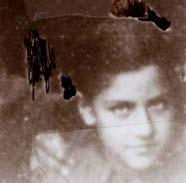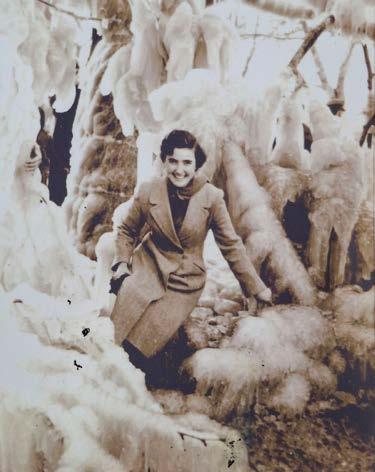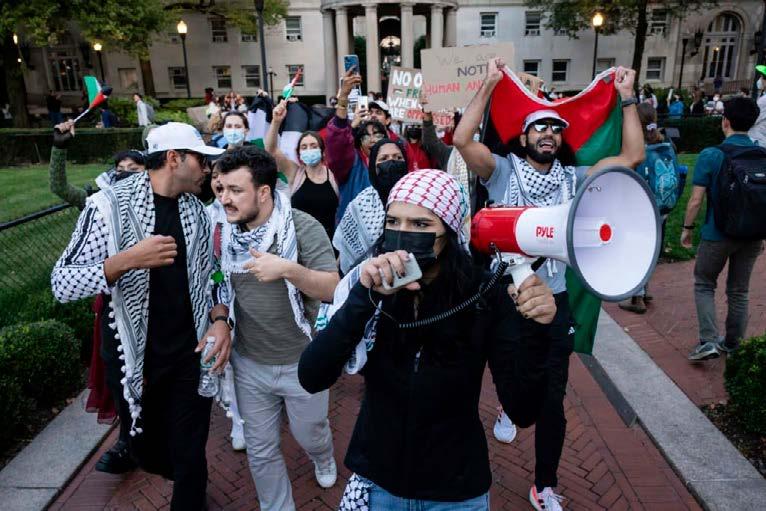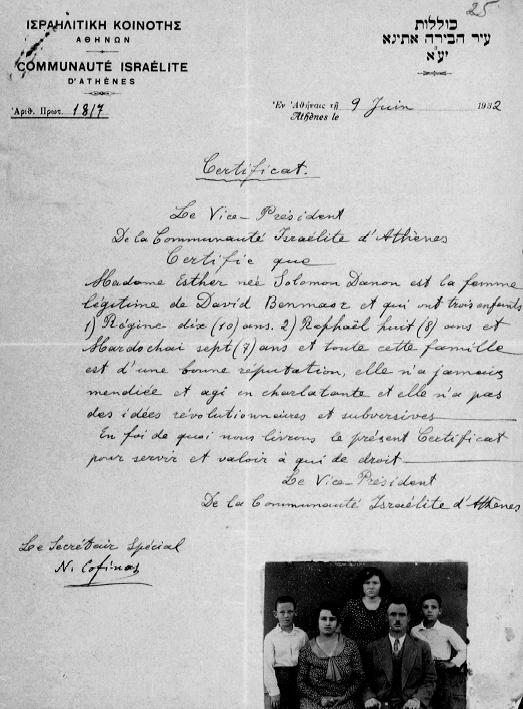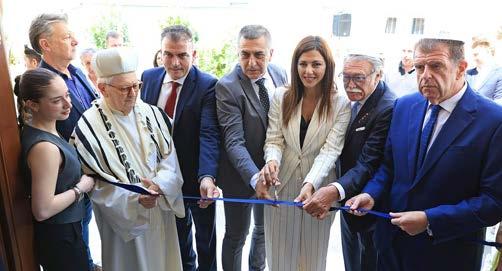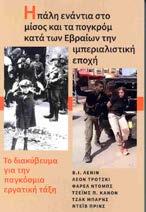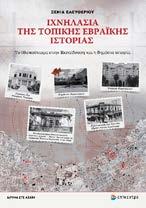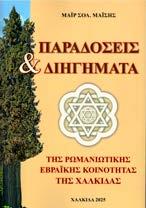EIKONA EΞΩΦYΛΛOY:
μας, χρησιμοποιώντας τις νέες τε-
χνολογίες, ως φάρος διαρκούς
ΜΕΤΑΠΟΛΙΤΕΥΣΗ:
2
3
4 Martin Gilbert, Israel. A History
5
6
7
, φ. 4/23.02.1930
4/23.02.1930
, φ. 6/09.03.1930
8 «Οι νέοι Νομάρχαι»: Θράκη, φ. 4/23.02.1930.
Θράκη, φ. 29/17.8.1930.
Θράκη, φ. 34/20.9.1930.
20 Θράκη, φ. 35/27.09.1930
21 Θράκη, φ. 42/15.11.1930
23
24
25
, φ. 38/18.10.1930
45/6.12.1930 26
46/13.12.1930
Θράκη, φ. 47/20.12.1930. Αναλυτικό
27 Θράκη, φ. 47/20.12.1930
28 Θράκη, φ. 47/20.12.1930
29 Θράκη, φ. 48/27.12.1930
, University Studio Press 1997,
2 Molho Rena: «Les Juifs en Grèce au XXe siècle», Matériaux pour l’histoire de notre temps, 71(2003), 39-48,p.40.
4
5 Tsokopoulos Vassias: «La formation de la vie sportive à Thessalonique (première moitié du XXe s)», Études balkaniques,11 (2004), 127-144, p.129.
6 Ζάικος:
7 Tsokopoulos Vassias: La formation, p.139.
Θεσσαλονίκης 2010.
Μποντικούλης Δημήτρης, «Λεών Πασσύ (1909-1977) Εβραίος της Καβάλας Πρωταθλητής στο τρέξιμο», Χρονικά, 149, Μάιος – Ιούνιος 1997.
Ναρ Αλμπέρτος, Εγχειρίδιο της Ισραηλιτικής Κοινότητας Θεσσαλονίκης, Jewish community of Thessaloniki 2006, σελ.12-13.
ΞΕΝΟΓΛΩΣΣΗ
Molho Rena: «Les Juifs en Grèce au XXe siècle», Matériaux pour l’histoire de notre temps, 71(2003), 39-48,p.40. Tsokopoulos Vassias, «La formation de la vie sportive à Thessalonique (première moitié du XXe s)», Études balkaniques,11 (2004), 127-144, p.129.
θρησκευτικού περιεχομένου, ηθοπλαστικά, καθώς και
Miriam Novitch,
(εδώ: https://www.kathimerini.gr/society/563356735/zanet-nachmia-19252024-sta-paidia-moy-ta-existorisa-polles-fores-stenochoriontan/). Το κείμενο
1996, εδώ: https://www.agon.gr/ istories/12738/i-epeteios-kai-i-mnimi/).
Αποκαλυπτήρια
Γ. Άμυράς, Ίω. Τσίμαρης και Μερ. Τζούφη, ο Περι-
MADRE SALONICO
MICHAEL FRANK
2023, δεν είναι καινούργια. Πηγαίνουν αιώνες πίσω. Άυ-
πλέον μέρος των μόνιμων κοινωνικών αναταράξεων και πολέμων της ιμπεριαλιστικής εποχής. Δύο παγκόσμιοι πόλεμοι και ο τεμαχισμός του πλανήτη που ακολούθησε, η εξόντωση έξι εκατομμυρίων Εβραίων, όλα καθιστούν σαφές ότι η καταπολέμηση του αντιεβραϊκού μίσους είναι αποφασιστικής σημασίας όχι μόνο για την εργατική τάξη και τα καταπιεσμένα έθνη αλλά για ολόκληρο τον κόσμο.
Με μία μεστή νοημάτων επιλογή κειμένων των Β. Ί . Λένιν, Λέον Τρότσκι, Φάρελ Ντόμπς, Τζέϊμς Π. Κάνον, Τζακ Μπαρνς
ιστορίας, και της θρησκευτικής παράδοσης των Ρωμανιωτών Εβραίων της Χαλκίδας. Πρόκειται για υλικό που συνέλεξε, διασταύρωσε, ταξινόμησε και διαμόρφωσε ο συγγραφέας αποτυπώνοντας παιδικές αναμνήσεις, και διηγήσεις των πρεσβύτερων της κοινότητας. Καρπός μεγαλόπνοου στόχου και πολυετούς έργου, το βιβλίο διασώζει έναν θησαυρό στοιχείων της εβραϊκής ταυτότητας και ζωής των Χαλκιδαίων Εβραίων που θα χάνονταν χωρίς τον ζήλο
“CHRONIKA”
Edition of the Central Board of Jewish Communities in Greece
Summary of Contents of Issue 263, vol. 48 • January - June 2025
✔ In this issue, we open with a powerful article by journalist Ilias Kanellis, republished here in full from “Ta Nea” 26.4.25, addressing the resurgence of antisemitism in contemporary Greek society. Drawing attention to recent posters and graffiti found across several Greek cities —bearing the message “You are not welcome here” in both Hebrew and English— Kanellis warns that these are not merely hostile gestures toward Israeli tourists. Rather, they represent something deeper and more insidious: a signal of the emergence of a new form of antisemitism, one that finds fertile ground to take root and flourish. On the same subject, we publish the announcement of KIS (19.6.25).
✔ We include the speech of Mr. David Saltiel, President of the Central Board of Jewish Communities in Greece and of the Jewish Community of Thessaloniki, delivered on the occasion of his being awarded an honorary doctorate by the School of Science and Technology at the International Hellenic University (IHU).
✔ The study “Young Jews in the Post-Junta Era: Ruptures and Continuities (1974–1982)” by historian Eleni Beze examines how young Greek Jews—children of Holocaust survivors—experienced the political and social transitions of the post-junta era. It explores how their identities were shaped during a time marked by political radicalization, the strengthening of the Left, and the repercussions of Arab-Israeli conflicts that reverberated through European societies.
✔ We publish part III of historian Thrasyvoulos Papastratis’ study entitled “The Image of the Jews of Didymoteicho in the Newspapers of Evros (1924–1940)”, an insightful account of the regional Jewish community as portrayed in the local press.
✔ A compelling article by physical education professor Oraiozili Georgiadou, based on her postgraduate research, explores the journey of “Jewish athletes in Thessaly, Macedonia, and Thrace before and after World War II”.
✔ In her contribution, soprano Mariangela Chatzistamatiou presents material drawn from her doctoral research and her recently published book, “The Holocaust Songs of the Greek Jews” (ed. Alexandria, 2024). She demonstrates how these songs—studied both through their lyrics and through survivors’ oral testimonies— played a crucial role in sustaining life inside the Nazi camps, offering a rich trove of historical and emotional insight.
✔ Journalist Moisis Litsis pays tribute to his uncle, Menachem Litsis, recounting his tragic fate as a Sonderkommando in Auschwitz, where he ultimately took his own life under the unbearable burden of being forced to cremate victims of the gas chambers.
✔ Marking the recent passing of Zanet Nahmia—the last Auschwitz survivor from Ioannina—Dr. Sotiris Kamenopoulos revisits the enduring friendship between the Nahmia family and his own, a bond that testifies to stories of survival, solidarity and remembrance.
✔ Serres local historian Charalampos Vouroutzidis, contributes an article marking the anniversary of the March 4, 1943 deportation of the Jewish community of Serres
✔ In a legal essay titled «Freedom of Speech Versus National Security»
Sam Namias, Columbia Law School graduate, examines the delicate balance between civil liberties and state authority in Western democracies. He outlines the opposing arguments surrounding this enduring tension between free expression, social order, and national security.
✔ In the special section “Memory in Art and Public Life,” we highlight significant recent initiatives:
– The unveiling of the “Wall of Names” at the Athens Synagogue, a monument inscribed with the names of 1,029 Holocaust victims identified in Athens. Historian Philip Carabott, the academic supervisor of this project, contributes an article titled “Victims Without Graves”
– The reopening of the restored Synagogue of Larissa
– The symbolic renaming of Ioustinianou Street—where the Synagogue of Ioannina is located—to Moses Elisaf Street, in memory of the late mayor, physician, and academic, whose untimely death left a profound void in the city he served with distinction.
– The original musical production “Madre Salonico”, a tribute to the Jews of Thessaloniki, written in Ladino with texts by author Leon Nar, directed by Victor Arditis, and performed by Eleni Ouzounidou and Leonardos Batis, which offers an artistic interpretation of collective memory.
– The photography exhibition “Tehom” (Hebrew for Abyss ) and the accompanying photo album by photographer Renée Revah, presenting a visual narrative of her family’s loss—tracing their journey from Thessaloniki to the Auschwitz death camp.
✔ This issue closes with book reviews
Cover: View of the “Wall of Names” of the 1,029 identified Holocaust victims in Athens, placed in the Athens Synagogue. The Monument was unveiled on April 24,2025.
E-mail: info@kis.gr • Web site: http://www.kis.gr

